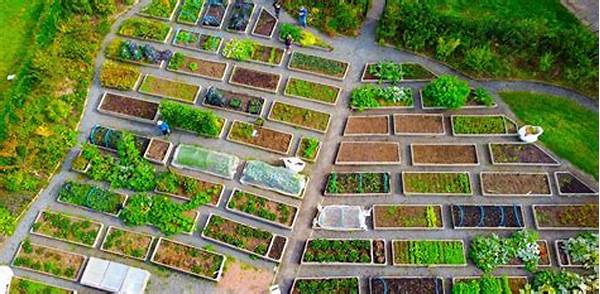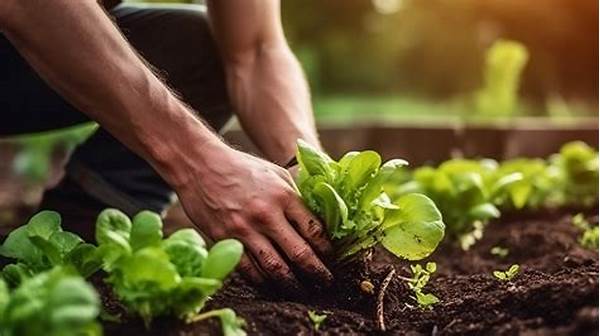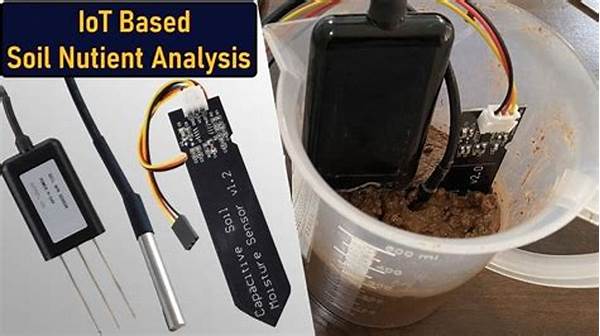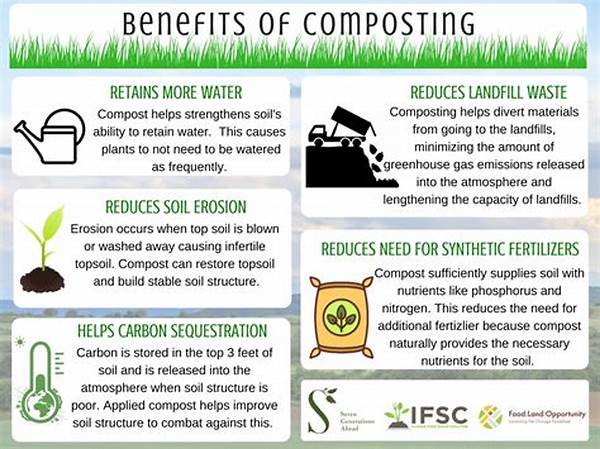In a world increasingly aware of sustainability, the integration of city and country farming isn’t just a necessity; it’s a revolution. Imagine a future where city skyscrapers teem with lush urban gardens and rural expanses flourish with support from city-generated resources. By marrying these two traditionally separate worlds, we can unlock potential that ensures food security, enhances biodiversity, and fosters stronger communities. Let’s envision this harmonious future and take steps to make it a reality, ensuring a more resilient planet for the generations to come.
Read Now : Remote Sensing For Soil Data
Advantages of Integrating City and Country Farming
Integrating city and country farming presents a multitude of advantages. Firstly, it creates a robust local food system, diminishing the carbon footprint associated with long-distance food transport. By growing food closer to where it will be consumed, both urban and rural areas can contribute to more sustainable food practices. Secondly, this integration can lead to an exchange of ideas and technologies, where urban innovation meets rural practicality. Urban farming techniques can be tested and enhanced with the open spaces and experience available in the countryside, creating a mutual benefit that can be amplified globally.
Moreover, integrating city and country farming increases access to fresh produce for urban populations, reducing dependency on imported goods and increasing food sovereignty. This leads to improved nutrition and health outcomes. Additionally, such integration supports economic viability for rural communities by expanding markets and creating jobs, while urban areas benefit from a decrease in food deserts and increased community engagement in sustainable practices. Lastly, it strengthens community bonds, as people from different backgrounds come together with a shared purpose: to grow, share, and sustain life on this planet.
Beyond the environmental and economic advantages, integrating city and country farming fosters educational opportunities. Urban dwellers can learn firsthand about sustainable agriculture, while rural communities gain insights into urban challenges and solutions. Through workshops, collaborative projects, and shared experiences, both demographics become better equipped to tackle future challenges and innovate new solutions. By bridging the gap between city and country farming, we not only enrich our plates but also our minds.
Key Elements of Successful Integration
1. Collaborative Platforms: Establishing platforms where urban and rural farmers can share knowledge and resources is essential for integrating city and country farming effectively.
2. Innovative Technologies: Embracing technology is crucial as it allows for improved farming practices, whether it’s vertical farming in cities or precision agriculture in the countryside.
3. Policy Support: Governments play a pivotal role. Policies that encourage investment and create incentives for collaborative agricultural projects are key.
4. Community Involvement: Engaging local communities ensures sustainable integration, as it nurtures ownership and commitment to the shared goals of food security and sustainability.
5. Sustainability Initiatives: Incorporating practices that focus on sustainable resource management and environmental stewardship is vital for the long-term success of integrated farming efforts.
Bridging the Urban-Rural Divide
The pathway to integrating city and country farming demands a commitment to bridging the urban-rural divide. This requires understanding the distinct challenges and strengths of each area. Urban environments, with their concentrated populations and limited space, can benefit from vertical farming, rooftop gardens, and community allotments. Meanwhile, rural areas, endowed with vast landscapes, can scale agricultural production and test experimental techniques that benefit from urban research.
Collaboration inspires innovation. Urban areas can serve as testing grounds for cutting-edge agricultural technologies, which when successful, can be adapted on a larger scale in rural settings. This exchange not only enhances productivity but also promotes a sustainable approach to agriculture. City dwellers gain direct access to farm-fresh produce, while rural farmers tap into new markets, creating a symbiotic relationship that boosts economies on both ends.
Challenges in Integrating City and Country Farming
The journey of integrating city and country farming is not void of challenges. Limited space in cities makes large-scale farming difficult, urging innovators to think vertically or incorporate hydroponic systems. Similarly, rural areas may face hurdles in accessing technology or building infrastructure necessary to connect with urban partners. Understanding these limitations is the first step to overcoming them, pushing for solutions that are inclusive and adaptive.
1. Urban Space Constraints: Urban areas must navigate the challenge of limited space for farming, necessitating innovative solutions like vertical gardening.
2. Technology Gaps: Rural regions need support to bridge the gap in technology accessibility compared to their urban counterparts.
3. Logistical Issues: Efficiently linking urban demand with rural supply requires overcoming logistical challenges, particularly in transportation and distribution networks.
Read Now : Global Sustainable Agricultural Practices
4. Cultural Barriers: Addressing differences in urban and rural cultures is essential for fostering collaborative efforts in farming.
5. Financial Constraints: Investments in infrastructure and technology require significant funding, posing a challenge, particularly for small-scale farmers.
6. Regulatory Hurdles: Navigating regulations that differ remarkably between city and rural areas is crucial for seamless integration.
7. Education and Awareness: Increasing awareness and education regarding the benefits of integrated farming practices can drive broader adoption.
8. Environmental Concerns: Ensuring that farming practices are environmentally sustainable in both urban and rural settings is crucial.
9. Market Accessibility: Ensuring equitable market access for both urban and rural farmers is key to motivating integration.
10. Sustainability of Resources: Balancing resource usage such as water and energy is vital for sustainable integration.
A Vision for Integrated Farming
Integrating city and country farming isn’t just an ideal to strive for but a vision we must make a reality. By addressing challenges and harnessing the potential of collaborative farming, we can ensure food security and sustainability. Through innovation, shared resources, and communal effort, both urban and rural landscapes can thrive together in a harmonious balance, contributing to the well-being of societies at large. In doing so, we build a legacy of resilience for future generations.
Working towards integrating city and country farming can transform our approach to food, bringing us closer to a sustainable future. With dedication and collaboration, ordinary citizens, policymakers, and farmers can play a part in this movement. By embracing this vision, we not only cultivate crops but also cultivate hope—a hope for a planet that nourishes all life equally and can sustain itself for centuries to come.
Future Implications of Integrated Farming
The future implications of integrating city and country farming are vast and transformative. Firstly, it paves the way for enhanced biodiversity as urban areas incorporate more green spaces that host various species. Additionally, by promoting shared resources and collaborative innovation, both cities and rural regions stand to benefit economically and environmentally.
Integrating city and country farming means creating a system that is resilient to global challenges like climate change. With cities reducing their reliance on external sources and rural areas innovating alongside urban partners, communities become less vulnerable to disruptions. The shared knowledge enables adaptation and growth, ensuring a secure future. In this integrated future, food scarcity is addressed globally, resource management becomes efficient and collective well-being is prioritized, making our world a more equitable place.
Through the lens of sustainability and cooperation, integrating city and country farming emerges not simply as a trend but as a necessary evolution in our agricultural practices. It’s time to embrace this change and work towards a future where the boundaries between urban and rural blur, allowing us to focus on nurturing what truly matters—the balance and bounty of our environment and societies.



